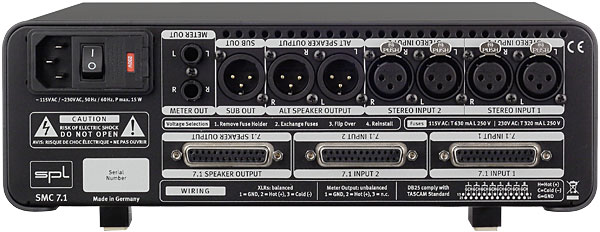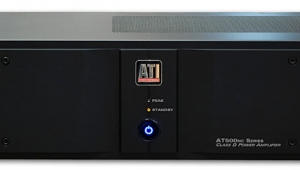| Columns Retired Columns & Blogs |
I really wish Audio Research would produce an updated MP1 in the future. I thought that component was the most revolutionary product of that era. The way it brought instruments to the fore and still produced excellent depth of soundstage was a real ear-opener. The only way I could do surround, but obviously this product above would do much the same, only with less noise.









































